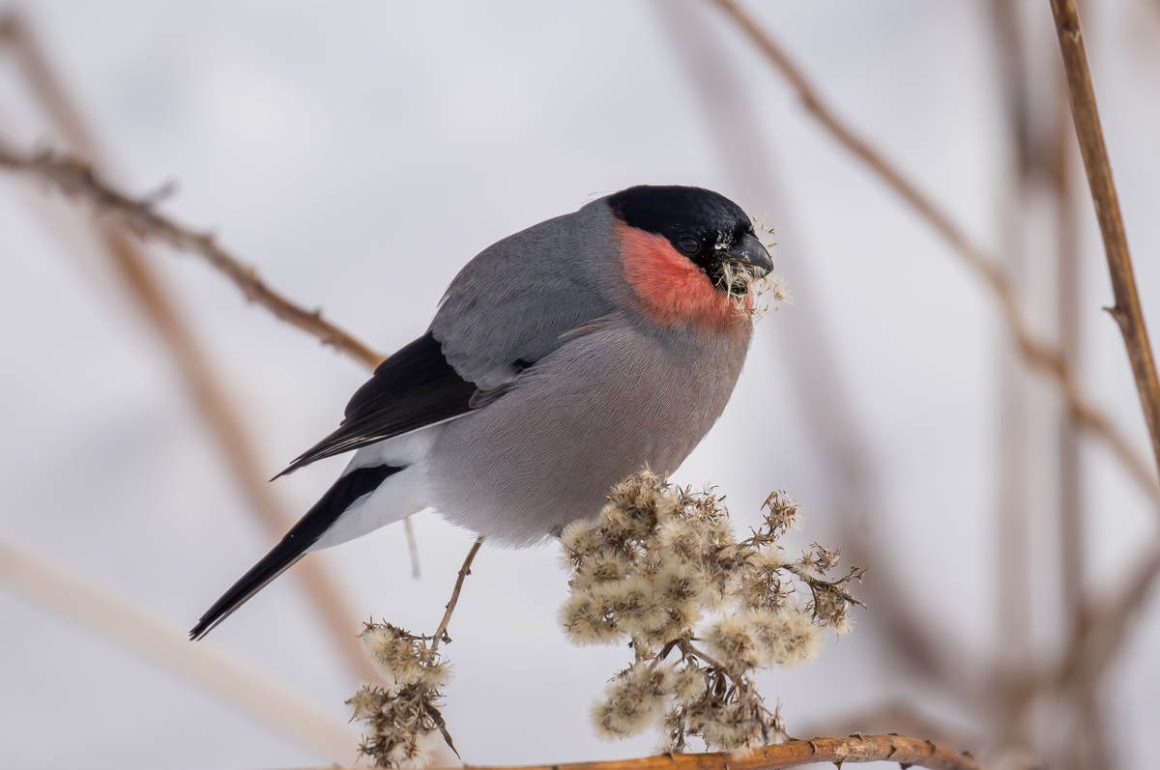
Preparing this post after just having returned from Sulawesi and Halmahera – where many species proudly wear their island location as part of their names – it is striking how comparatively cosmopolitan the passerines of Hokkaido are. In fact, while the flight distance between Kushiro on Hokkaido and Paris is more than 9000 km, many of the birds are exactly the same. Even many of the names indicate as much. Here are five Hokkaido passerines with “Eurasian” in their name:
The Eurasian Bullfinch
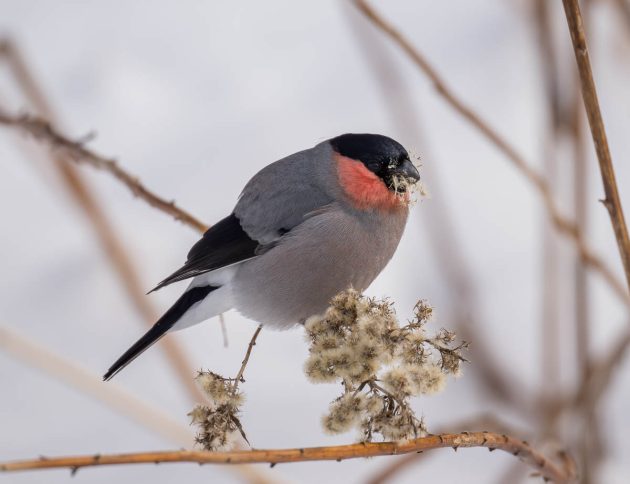
If you are looking for “Incredible Eurasian Bullfinch Facts”, here is a pretty amazing one from website a-z-animals: “Eurasian bullfinches are also known as common bullfinches or simply bullfinches.”
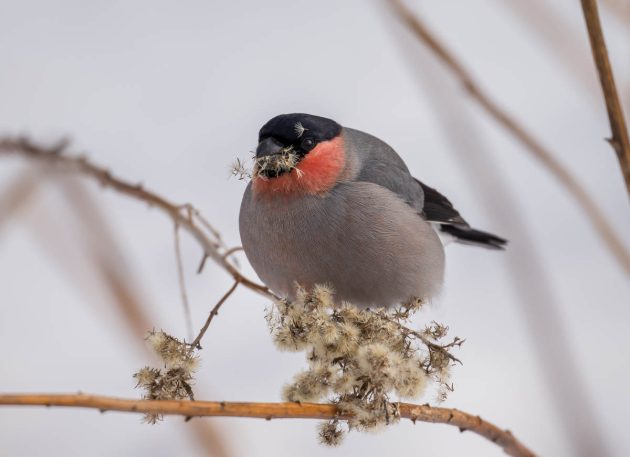
Hard to believe, right?
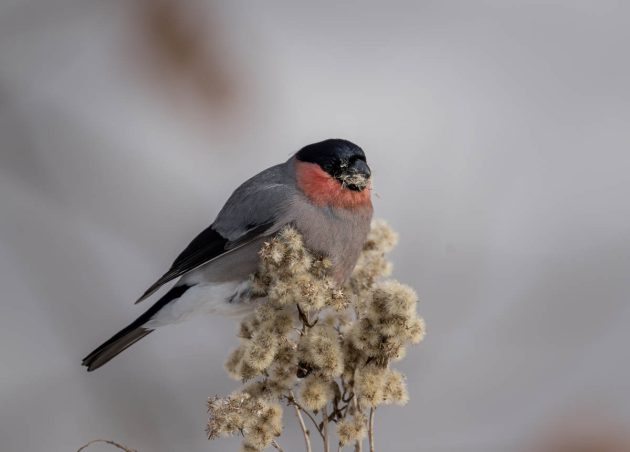
If you are at a dinner party and in need of a conversation topic, why not bring up the unusual sperm morphology in the Eurasian Bullfinch? I can almost guarantee you people will look at you differently afterward.
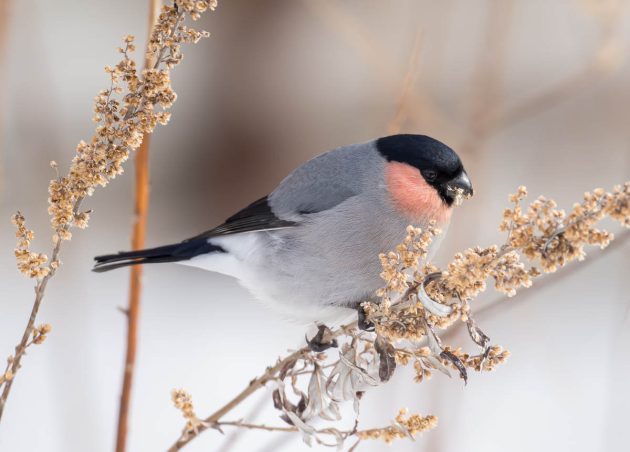
Another paper has good news for older males like me. Older female Eurasian Bullfinches appear to preferentially select older males (source). The photo below shows a female, presumably looking for a suitable older male.
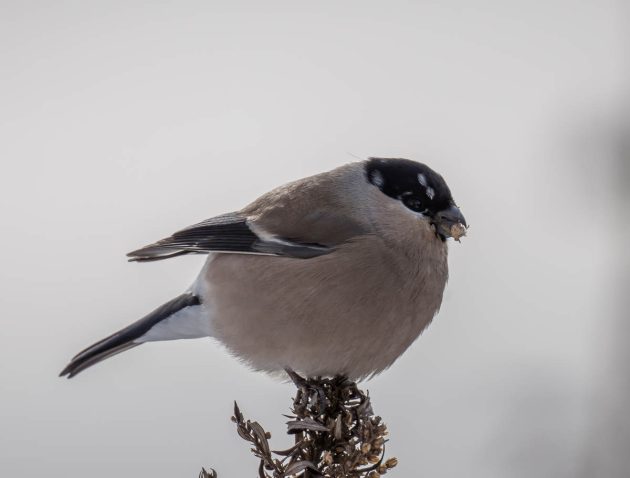
And unlike for US Americans, nearly all partnerships continued until the disappearance of one or both birds (same source). Only in a few cases, couples separated and formed new partnerships – in one of these cases, a female separated from a bigamous male, a behavior readers of 10,000 Birds will certainly approve.
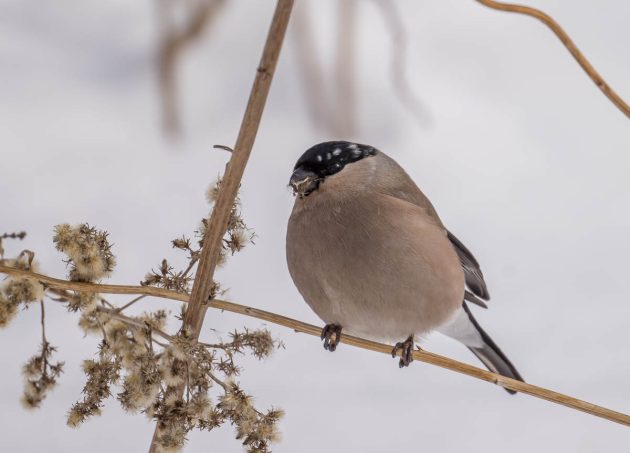
The level of detail of some of the research done on these bullfinches reaches almost ridiculous levels. One paper reports on the possible breeding of the Eurasian Bullfinch in the lowland forest of western Hokkaido. What makes this exciting (at least in the eyes of the researchers) is that while it was known that bullfinches breed at elevations above 300 meters in western Hokkaido and it was known that bullfinches breed at lower elevations in the north and east of Hokkaido, the combination of both (low elevation, western Hokkaido) was new. And thus meriting more research: “Whether this possible breeding record of bullfinches in the lowland forest of western Hokkaido is a rare event or will continue to occur in the future needs to be carefully monitored.”
The Eurasian Jay
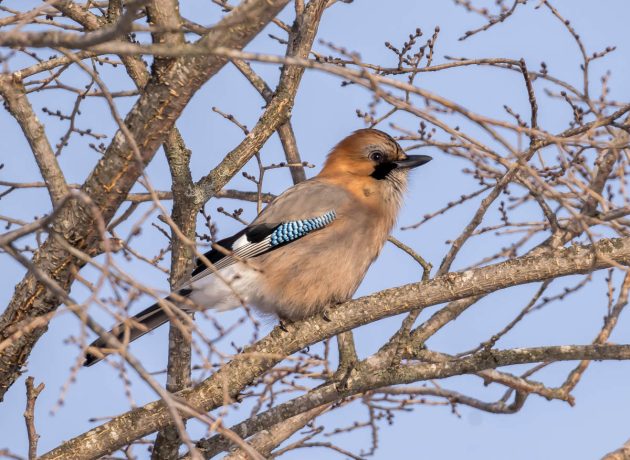
Eurasian Jays pass the equivalent of the marshmallow test – a test first used with children can choose to either get a smaller treat immediately or a bigger one after a time delay, and thus possibly a test of patience and self-control (though recently some of the early findings that showing more self-control in this test relates to better outcomes in life have been questioned).
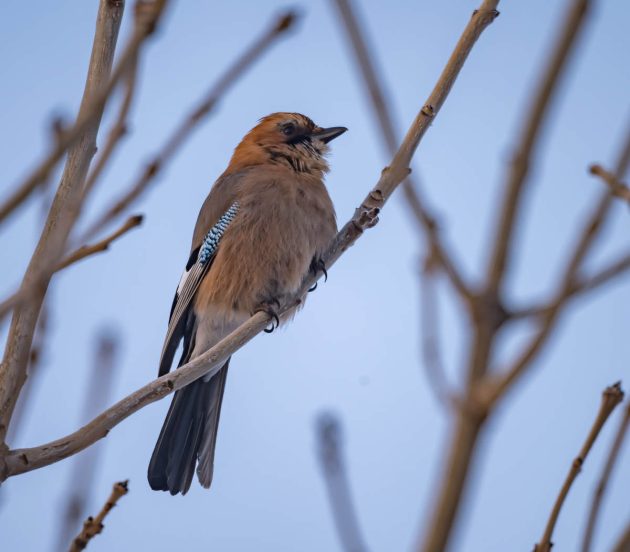
Still, the study found that Eurasian Jays which showed the most self-control (i.e., were willing to wait longest in the expectation of a better treat) were also more intelligent.
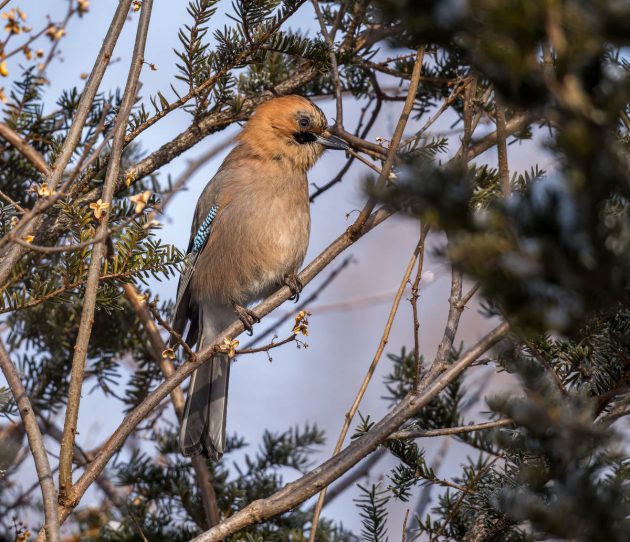
If you think you are cleverer than Eurasian Jays, another study result will disappoint you. Apparently, Eurasian Jays are less likely to fall for magic tricks than humans. In the experiment, the birds were taught to peck on a human fist to receive a treat held in the hand – but the bird only received the treat if it chose the correct hand. The task was then made more difficult by using magic tricks to move the treat from one hand to another. The jays were better at spotting this than human volunteers.
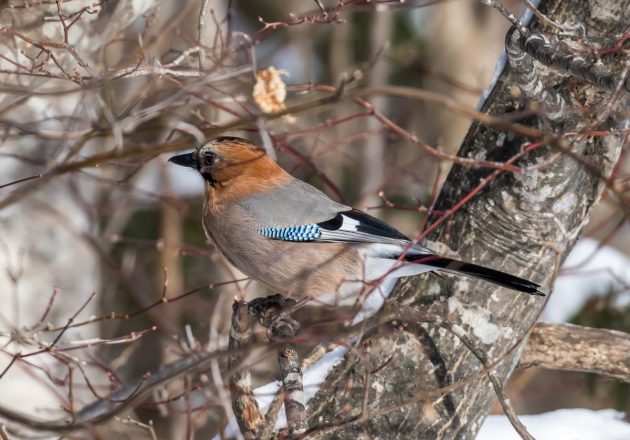
On the other hand, researchers presumably annoyed by the supposed intelligence of the jays have also published papers that represent a backlash. One finds that the jays are not very good at selectively picking the right tool for a specific job. Another one raised doubts about the ability of jays to combine information about what other jays had seen and eaten, and adapt their behavior accordingly. Consequently, many university applications by Eurasian Jays ended up being rejected.
The Eurasian Nuthatch
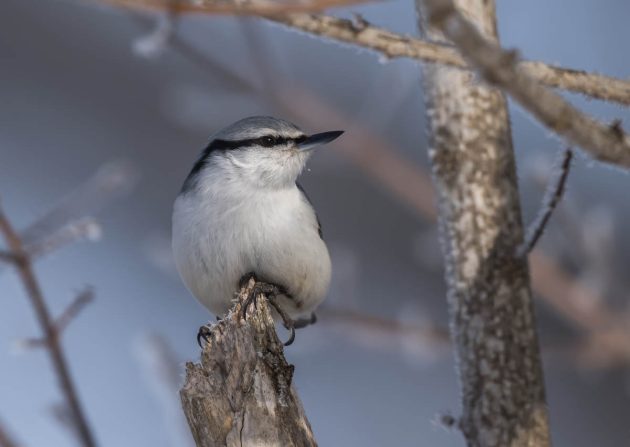
A total of 9 researchers contributed to a paper on the fecal microbiome of the Eurasian Nuthatch – makes you wonder what these people talk about during lunch.
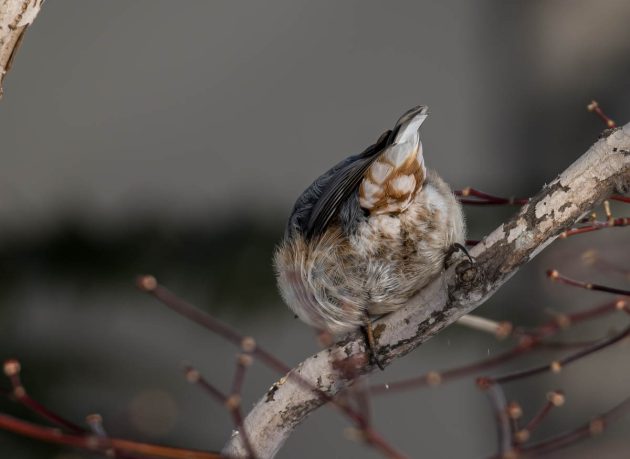
Logistics costs have an impact on overall product costs and thus presumably their price (though goods produced in China invariably seem to be the cheapest anywhere in the world). Logistics cost considerations also play a role in the nest building of Eurasian Nuthatches. In one area examined, the Eurasian Nuthatches collected pine bark only when nest sites were situated close to pines and used more mud when breeding close to streams.
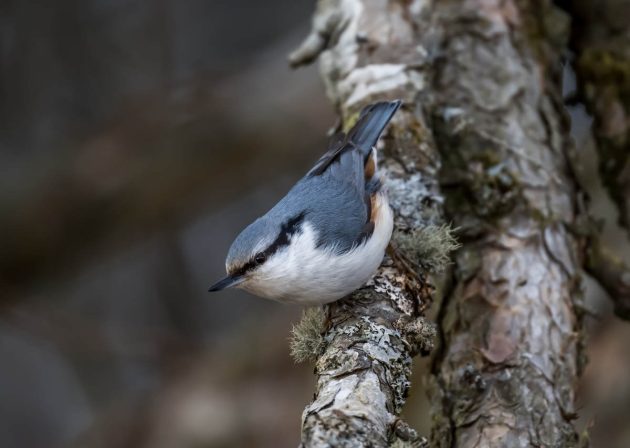
Once a nesting site has been identified, there is still a substantial risk of eviction. In one Chinese study, such evictions by competitors such as White-cheeked starlings accounted for more than half the nesting failures.
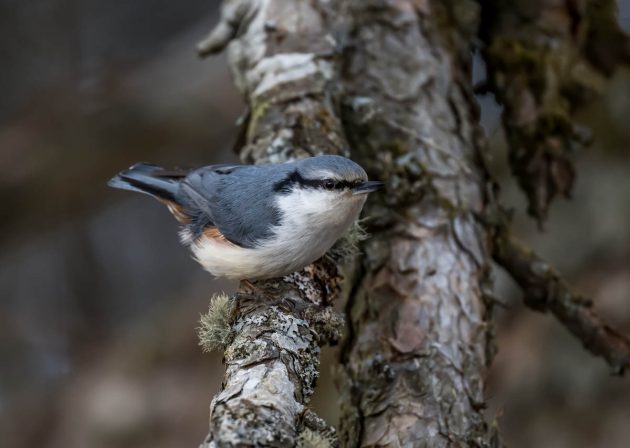
If you are interested in this phenomenon in the human world, you might want to read “Evicted: Poverty and Profit in the American City” by Matthew Desmond (review here).
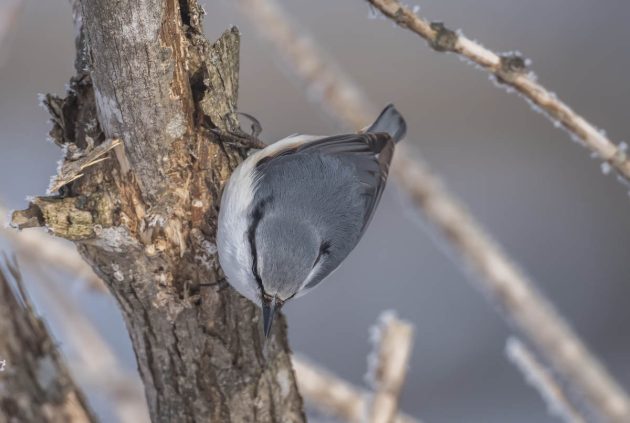
When you are traveling rather than staying at home, there is usually a greater risk of being cheated (you do not know the local scams) and of overpaying (you do not know the local prices – see Peter’s trip report from Uganda).
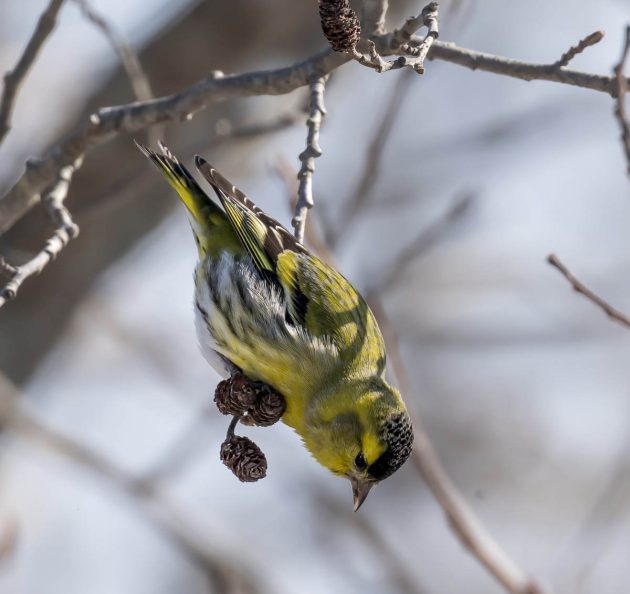
Transient Eurasian Siskins have similar problems. Compared to residents of the same species, they are more vulnerable to predators as they are not as familiar with them, and for the same reason, they need to spend more time scanning for them (which means less time for feeding).
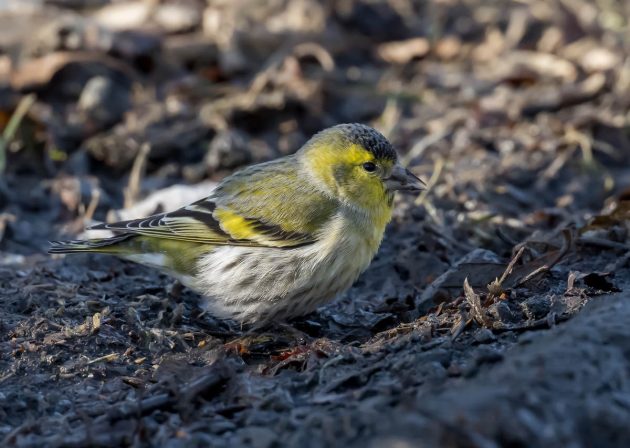
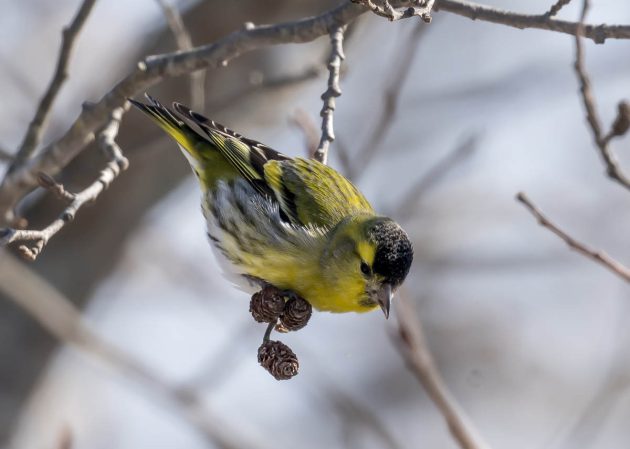
A female Eurasian Siskin below.
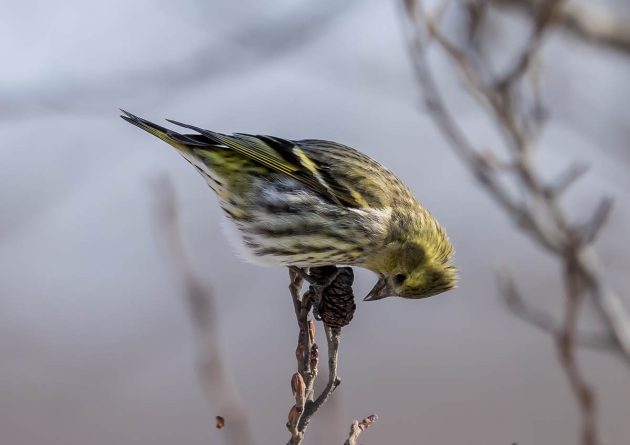
The final Hokkaido species starting with “Eurasian” is the Eurasian Tree Sparrow.
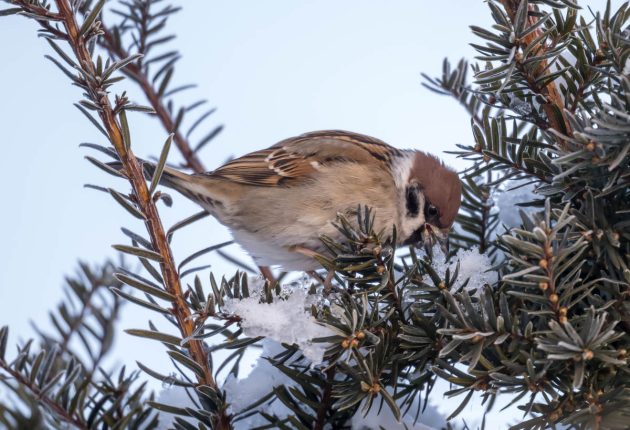
To ensure never to eat the yellow snow, it focuses on snow high up in the trees.
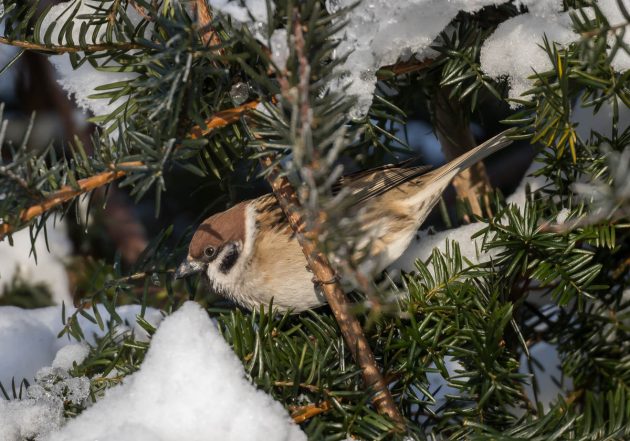
While it lives pretty much everywhere in Eurasia, apparently it only lives in one major city in North America – St. Louis, Missouri (source). A slightly weird choice, if you ask me.
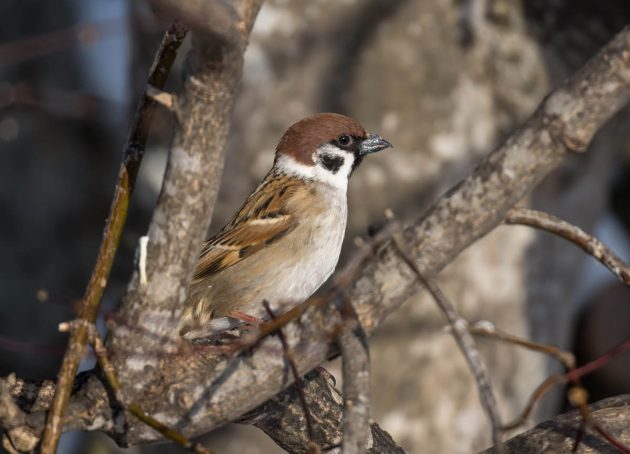
There is no need for me to write much about the Asian Rosy Finch, as I only got one photo, and even that one is not particularly good.
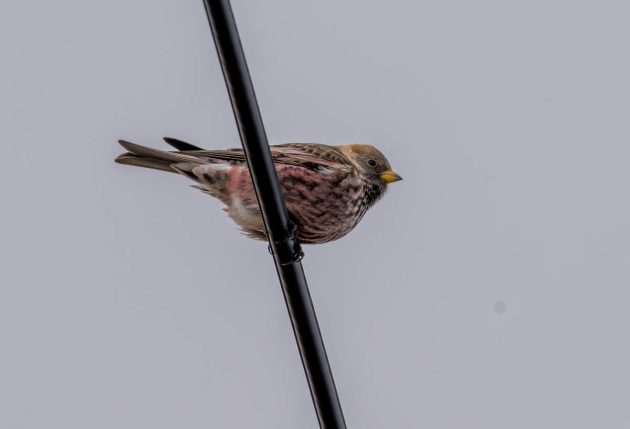
While the Brown-eared Bulbul makes the occasional rare appearance in Shanghai in winter, on Hokkaido, it seems to be the go-to Bulbul.
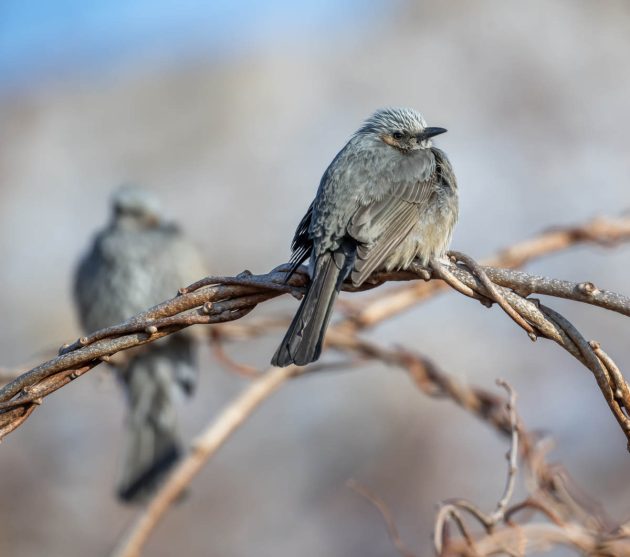
Apparently, it can also be seen at a bird-watching cafe in Chitose, Hokkaido. Sounds like an interesting place to go to.
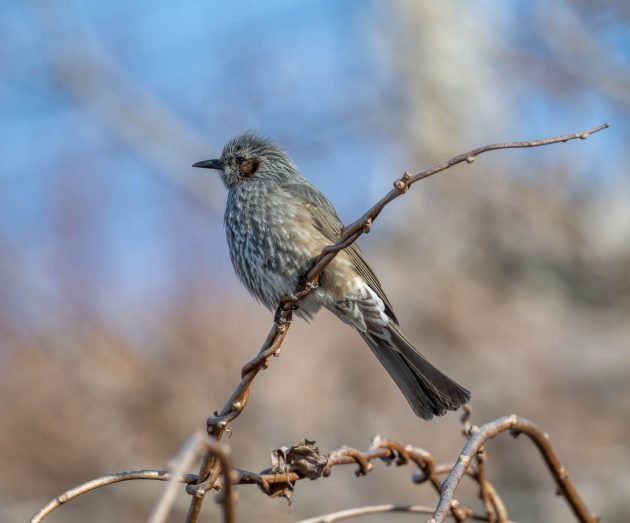
But then, this species should be fairly easy to see anyway, as it is not shy and rather noisy.
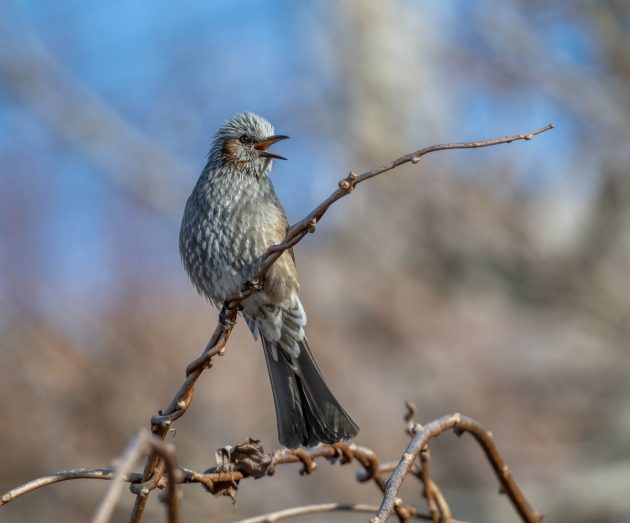
Male Coal Tits seem to have very loose morals, leading ScienceDirect to state “The coal tit is among the top ten two-timers worldwide”.
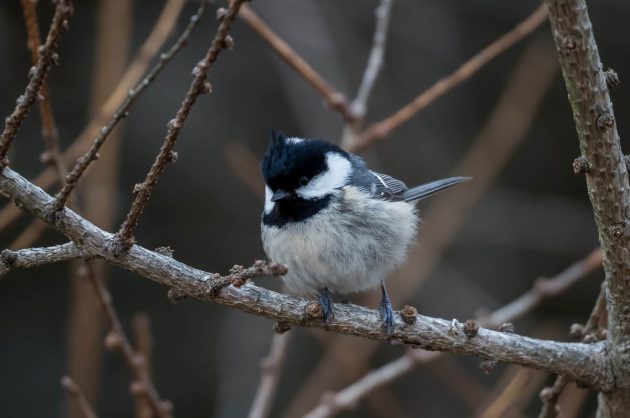
While coal tits are socially monogamous (partners often stay together for life) and take care of their joint offspring together, every third nestling in the primary brood was not fathered by the male of the pair, and for the second brood, it was every second.
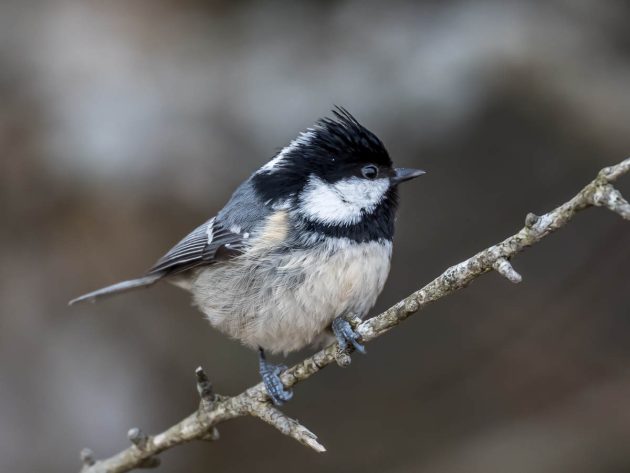
Resident Coal Tits carry less fat than transient ones as the food supply of the latter is less predictable, requiring them to carry larger body fat reserves (source).
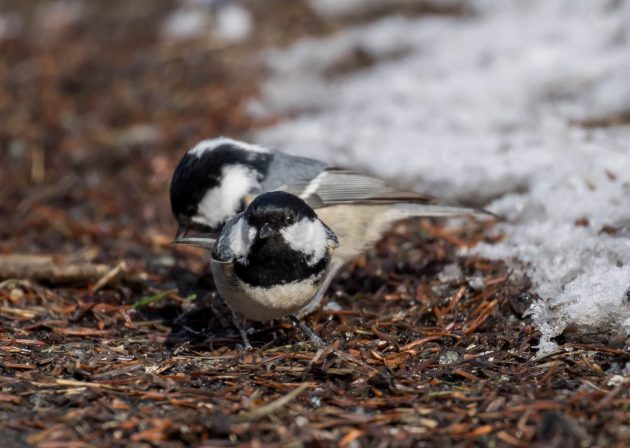
Gordon Tullock, a rather famous economist, once pointed out the similarities between an economic supply and demand curve and a figure describing the consumption of a species of moths by Coal Tits. Appropriately enough, the paper is titled “The Coal Tit as a Careful Shopper”.
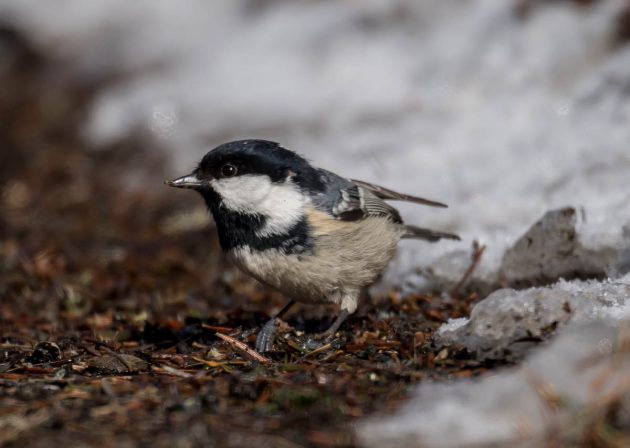
The Common Redpoll – previously proud to be more cultured than the Hoary Redpoll – is now going through a phase of self-doubt and depression as research has shown that both redpolls are the same species (source).
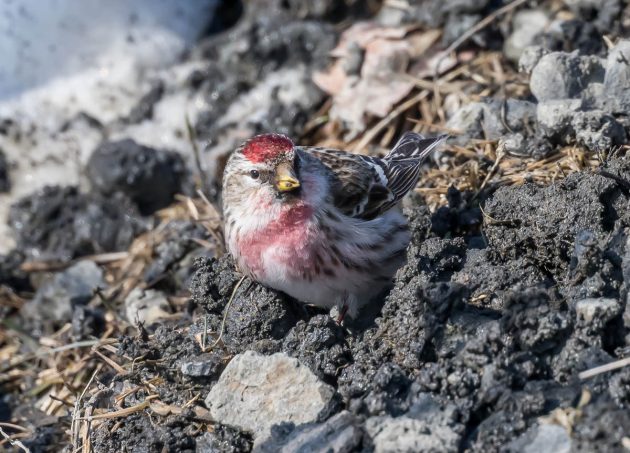
They share their depression with the listers who will lose one of their entries in their life list.
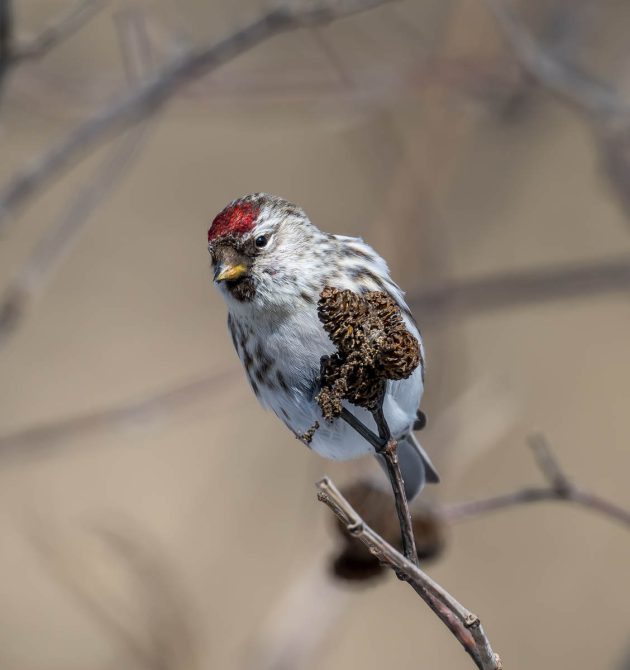
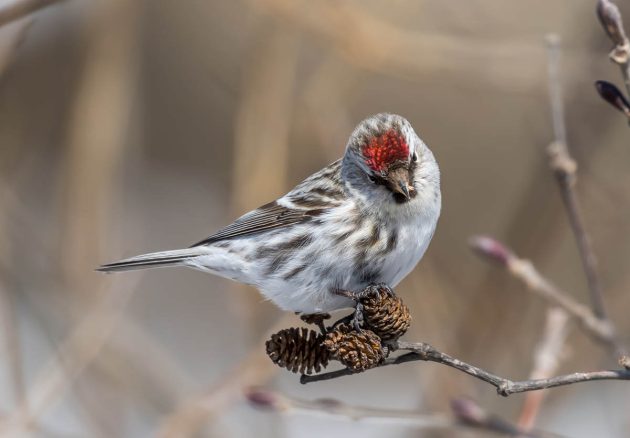
While Common Redpolls are largely monogamous, one case of sequential polyandry (a female having two male partners) has been reported. In that case, a female laid the first egg in a second nest with a new male exactly one day after the chicks from the first nest had fledged. Sounds rather stressful to me.
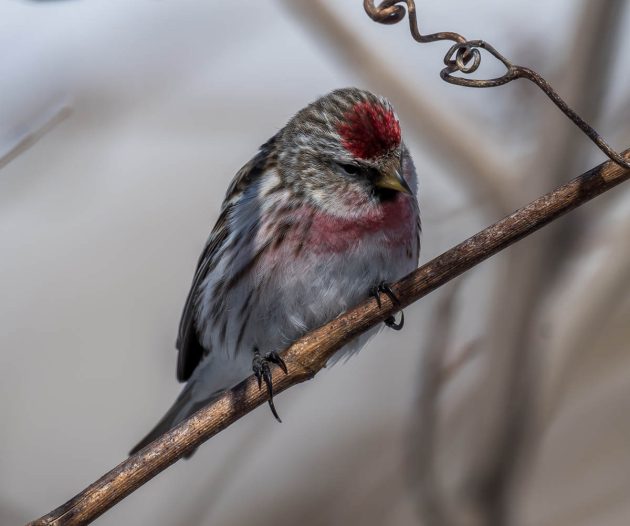
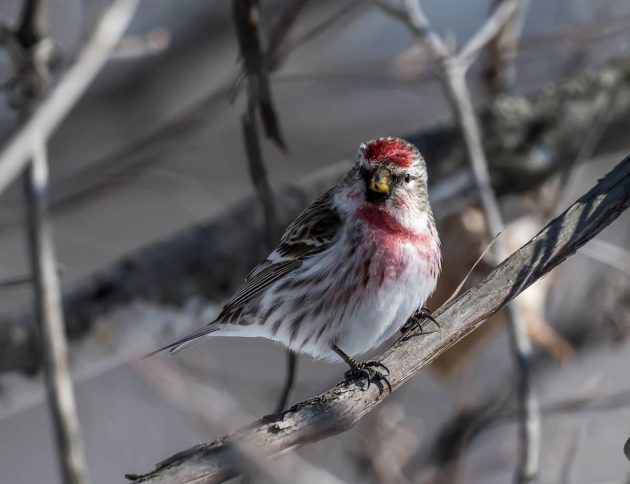
The Willow Tit looks rather cute despite a vague resemblance to an unsuccessful Austrian postcard painter.
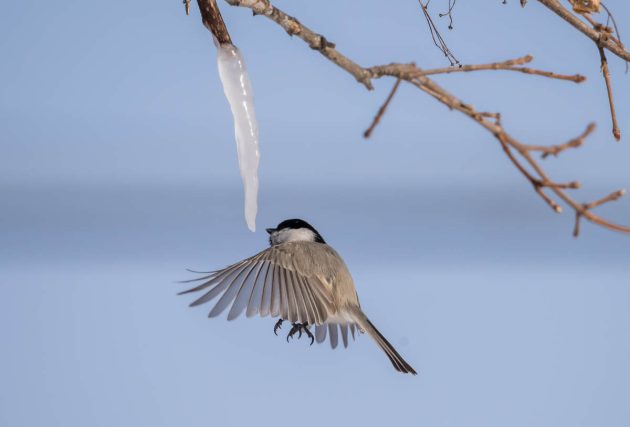
While not rare on Hokkaido, it is the UK’s fastest declining resident bird species, with an 85% decline since 1995. Maybe the British do not tolerate the above similarity well.
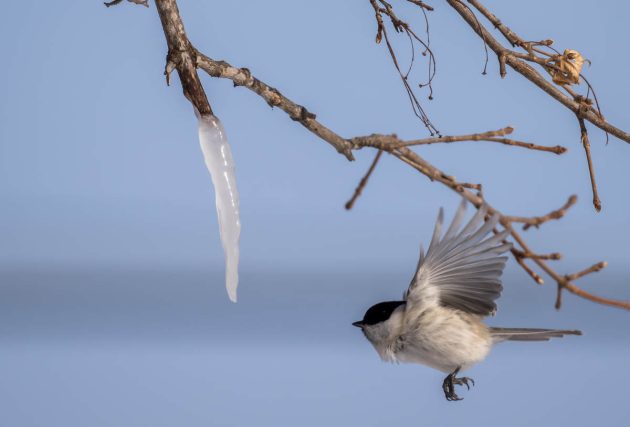
One of the suggested reasons for the rapid decline is increased bird feeding – a paper talks about the “increased nest competition and predation by the beneficiaries of a bird-feeder food subsidy”.
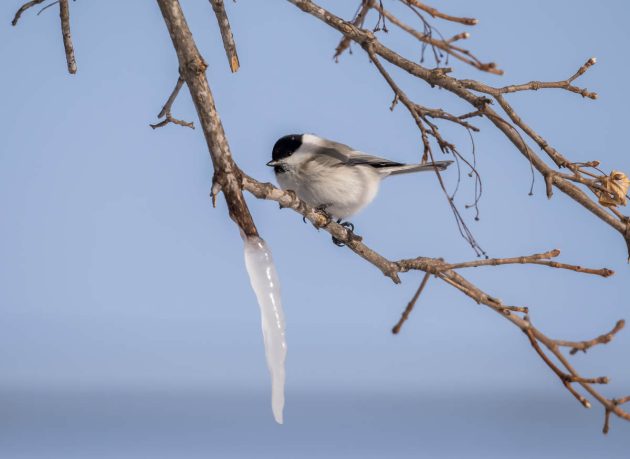
The solution suggested will be hard to implement, however, as it is as follows: “Humans may have to collectively introduce rules that reduce the private enjoyment of backyard bird feeding to preserve broader ecological integrity.”
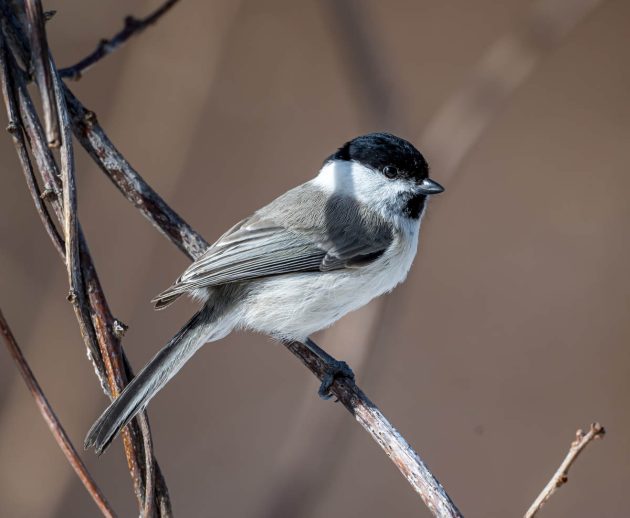
Interestingly (and somewhat rephrased from the much more scientific-sounding terms used in the original paper), subordinate Willow Tits in flocks are fatter than the dominant ones.
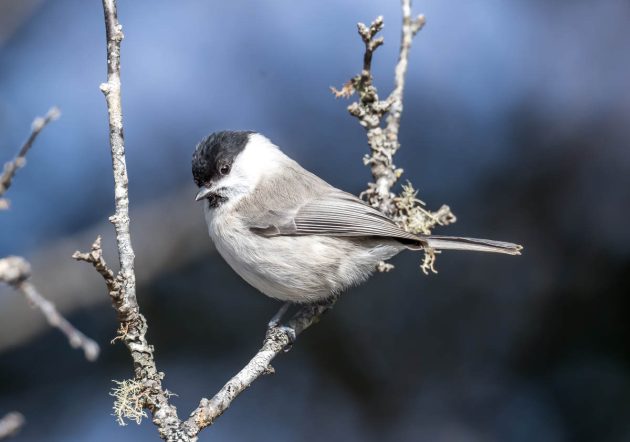
The suggested explanation is that dominant birds have priority access to food and thus need to carry around less fat than the subordinate birds.
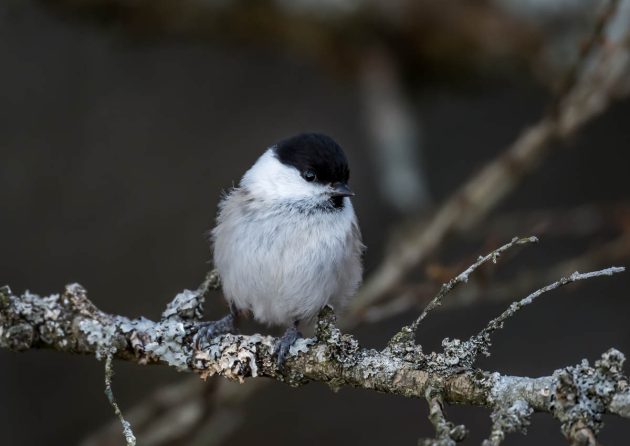
And no worries, even though it is kind of my standard trick to find a human equivalent to this phenomenon, I will not do it in this case. Too sensitive.
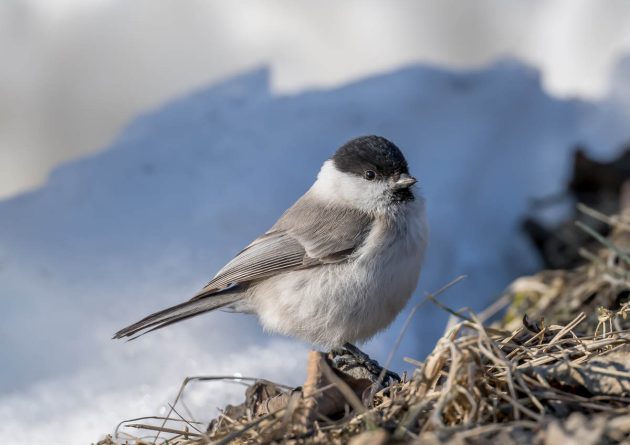
Fortunately for this blog post writer, Large-billed Crows are a species with a lot of research and stories to them.

For example, in Japan, they create massive blackout problems when building nests out of metallic coat hangers next to power lines.
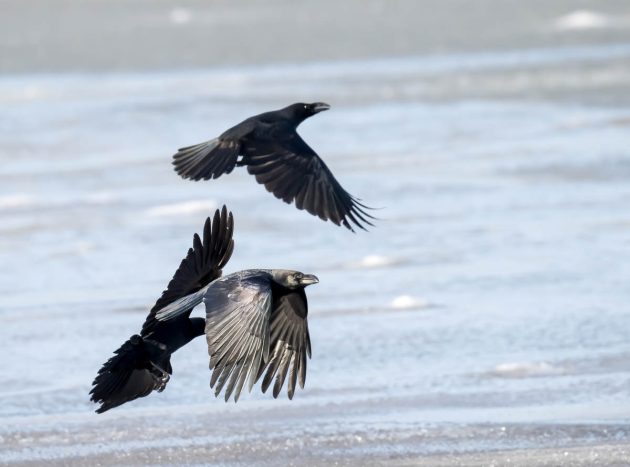
They may also have started fires by partly eating and/or flying away with candles burning next to Japanese temples.
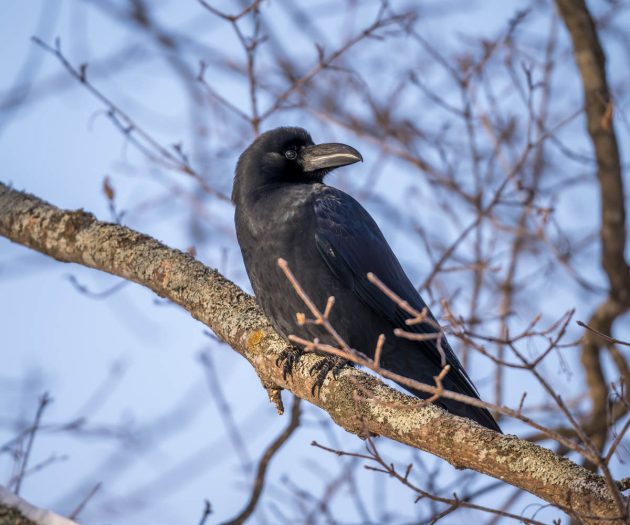
For some reason, scientific papers often start with a variation of the following combination of phrases: “There has been much research into …, but little is known about …”. I guess it is to highlight both the relevance of the reported findings and their novelty.
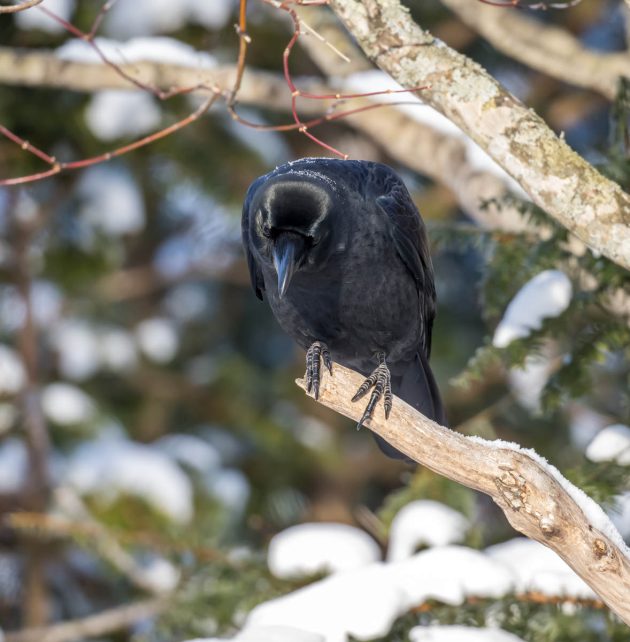
Here is an example from research on Large-billed Crows: “There has been much research into the ability of large-billed crows to recognize pictures, but little is known about what cues in a picture they use for recognition.” Apparently, the crows can distinguish between photos of sparrows and other birds, and use not only color but also shapes and patterns as criteria. But you probably know all this already if you are a subscriber to the Japanese Journal of Animal Psychology.
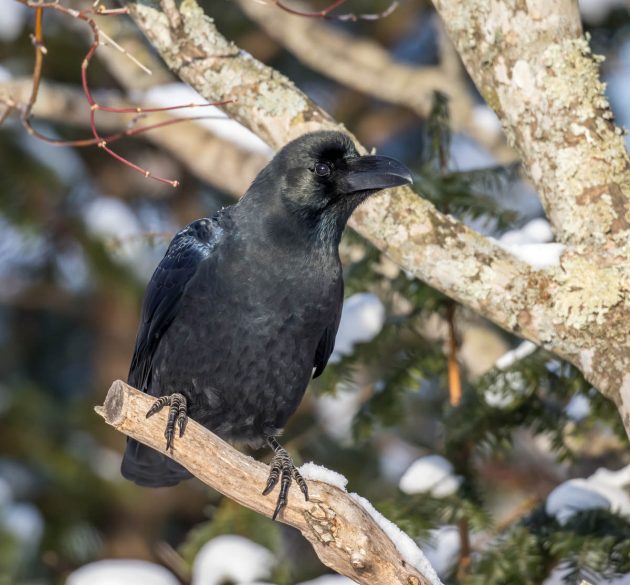
One paper reports on how crows react to changes in food supply – well, actually, in garbage supply: “A pair of Large-billed Crows happened to nest near the author’s house and often scavenged for food scraps at a garbage station in the neighborhood. One day the garbage station was covered with a protective net against crows. Then the pair moved to another garbage station to forage for food. But this station was also covered with a net. The pair moved to another station again. The pair changed its home range every time a garbage station was covered with a crow net.”
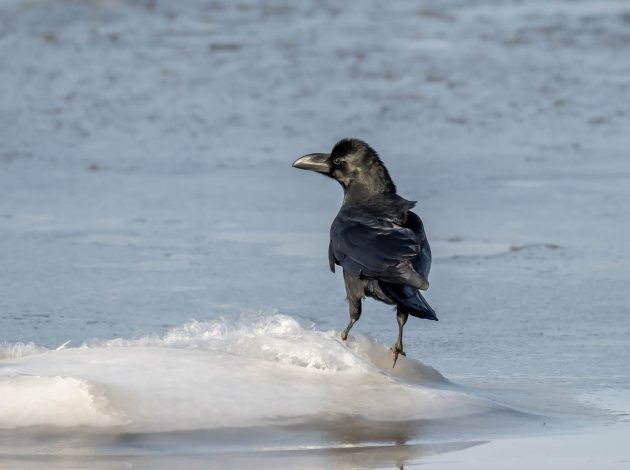
Large-billed Crows may also be able to tell the difference between different human languages and pay more attention to an unfamiliar language – though the fact that the unfamiliar language was Dutch (which to a German sounds distinctly weird) may have played a role as well.
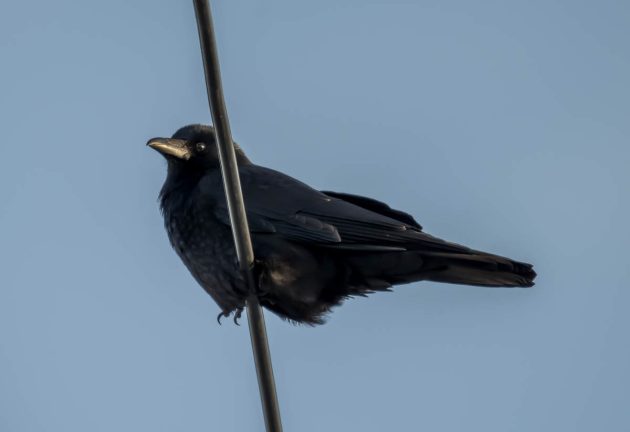
Want to learn a new word? How about “kleptotrichy”? It means “theft of hair”. A paper describes kleptotrichy by Large-billed Crows – they plucked the hair from the tail of a resting cow. Apparently, this is the first report of kleptotrichy by Large-billed Crows from a live mammal.
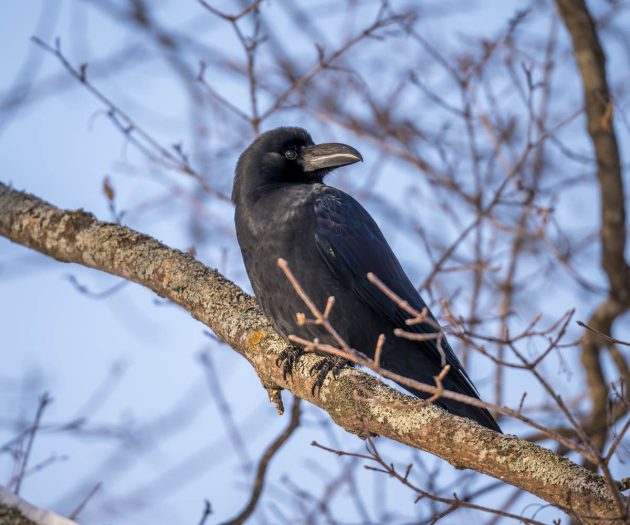
Surprising that your local media did not report on it. Fortunately, 10000 Birds was created exactly to fill such gaps.











I am glad the crows paid attention to the Dutch – nobody else does ?
You have to publish these shorts so birders can laugh out hysterically whilst on crowded planes… just brilliant writing again ??
Thanks, Paul!